In this article, I discuss how you can target different levels of thought for change in order to feel better emotionally and to break problematic behaviour patterns.
In my work as a Calgary psychologist and a Cochrane psychologist, I often see clients who are seeking help with one or both of the following issues—experiencing unpleasant emotional states they would like to change (depression, anxiety, anger, frustration and guilt, to name a few) and engaging in problematic behaviour patterns (substance use, binge-eating, procrastination, being unassertive, and avoiding social situations, to name a few).
Fortunately, cognitive behavioural therapy (CBT) offers strategies which help people address both these issues—alleviating the intensity of unpleasant emotions and breaking problematic behaviour patterns. CBT helps people address these issues by targeting negative thought patterns for change.
Different kinds of negative thought patterns are targeted to help people alleviate unpleasant emotional states compared with the negative thought patterns which are focused on in helping people to break problematic behaviour patterns. In the following sections, I will discuss how CBT helps people differently depending on whether the issue is alleviating difficult emotional states compared with changing problematic behaviour patterns.
Target negative automatic thoughts to alleviate unpleasant emotional states
Negative ‘automatic thoughts’ typically enter one’s mind in response to stressful events we encounter (such as receiving bad news, having an argument with someone or performing poorly on a task). These ‘hot thoughts’ typically contain cognitive distortions in which one’s thinking is skewed toward the negative. Jumping to conclusions, overgeneralization, catastrophic thinking and ‘mind-reading’ are a few examples of these distortions.
For example, were you to perform poorly on a particular task at work and this were brought to your attention by your supervisor, you may be prone to having hot thoughts such as ‘I’m incompetent’, ‘I’m going to get fired,’ ‘Nothing I do works,’ and ‘My supervisor doesn’t respect me’. These hot thoughts would serve to increase the negative emotional intensity you experience in that situation with the emotions of depression, anxiety, frustration and anger likely amplified by the hot thoughts I listed.
Using a CBT tool called the thought record allows you to correct for the distortions in hot thoughts by examining the evidence supporting and not supporting the hot thought. This allows you ultimately to change the hot thought to a more accurate ‘balanced thought’ which does not contain distortions. This helps to lower the intensity of the negative emotional reactions you experience in response to the event. The emotional relief you feel from targeting and changing hot thoughts allows you move on from negative events rather than dwelling on them.
In this case, doing a thought record would give you emotional relief by helping you to form balanced thoughts such as, “Although I made some mistakes today, I perform effectively most of the time,” “Although my supervisor wasn’t happy with my performance on certain tasks today, the evidence indicates he is pleased with how I perform most of the time and my job is secure”, “Despite the fact that I had some struggles today, most of the time the strategies I use are effective”, and “Although my supervisor did not like the job I did on certain tasks today, his words and actions during my time with the company indicate that he respects me”. These balanced thoughts would help to lower the intensity of the depression, anxiety, frustration and anger you experienced as a result of this situation.
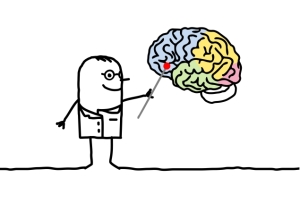
Target negative underlying assumptions to change problematic behaviour patterns
Problematic behaviour patterns are typically driven by thought patterns which CBT refers to as ‘underlying assumptions’. These assumptions refer to a person’s beliefs regarding the consequences of engaging in the problematic behaviour and of engaging in the opposite of the problematic behaviour.
These assumptions make it more likely the person will choose to engage in the problematic behaviour pattern and less likely that they will refrain from the problematic behaviour pattern or engage in its opposite. This applies whether the problematic behaviour pattern involves substance use, binge-eating, procrastination, not being assertive, or avoiding social situations (to name a few).
For example, a person might avoid social situations because of underlying assumptions such as, “If I enter social situations, I won’t be able to tolerate the criticism, embarrassment and uncomfortable anxiety I experience and I won’t enjoy myself”.
Behavioural experiments are typically used to test and change underlying assumptions so that problematic behaviour patterns can be broken. They do so by allowing the person to gather data which demonstrates that the assumptions which have been driving their negative behaviour patterns are not completely accurate. This allows for the development of new underlying assumptions which lead the person to engage in favourable behaviour patterns rather than the problematic behaviour patterns which had been driven by their original underlying assumptions.
Using the above example, the person could test their negative underlying assumptions with behavioural experiments in which they enter social situations in order to gather data to evaluate them. This data allows the person to develop more favourable underlying assumptions which can help the person to change the problematic behaviour pattern of avoiding social situations. These new underlying assumptions might read as follows: “If I enter social situations, I may have some discomfort but I will still be able to function effectively and enjoy myself. I am unlikely to be criticized or embarrassed but if that happens I have tools to deal with it.”
If you believe you could benefit from managing your emotions by targeting hot thoughts and/or from changing problematic behaviour patterns by targeting underlying assumptions, you may find it helpful to work with a psychologist who specializes in CBT.
May you change hot thoughts and underlying assumptions to reap emotional and behavioural benefits,
-Dr. Pat

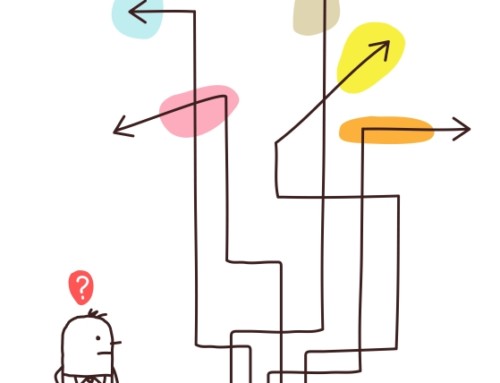
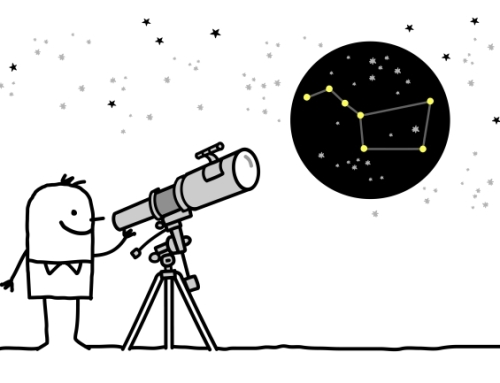
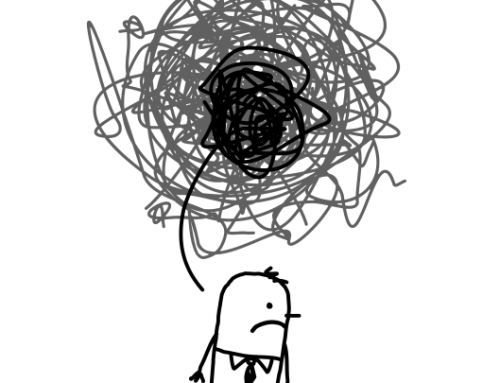
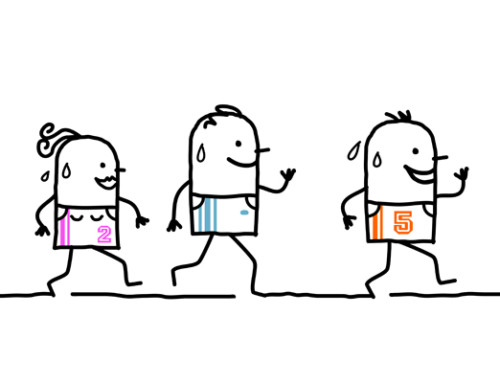

Leave A Comment